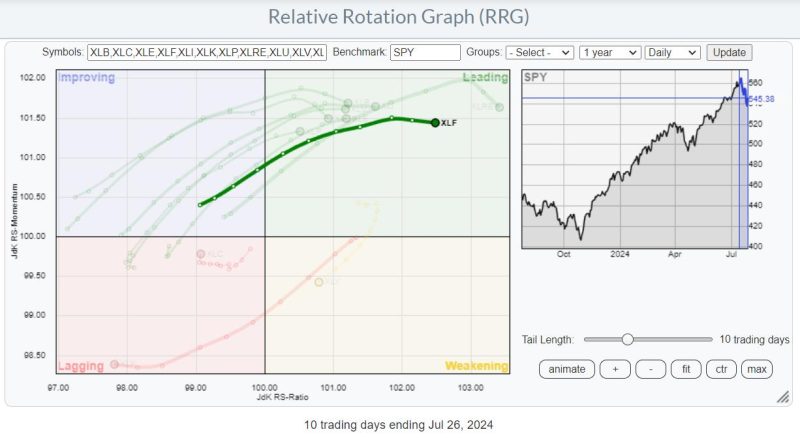In recent years, the aviation industry has faced numerous challenges ranging from economic downturns to global events that have significantly impacted the sector’s financial performance. Through innovative strategies and adept financial management, airlines have strived to navigate these turbulent times successfully. This article delves into how airlines have tackled financial obstacles and highlights the importance of robust financial planning to ensure sustainability in the aviation sector.
One critical aspect that airlines have focused on to improve financial health is cost control. By managing operational expenses such as fuel costs, maintenance, personnel expenses, and overheads, airlines have aimed to enhance efficiency and optimize resource allocation. Additionally, strategic partnerships with suppliers and vendors have enabled airlines to negotiate favorable terms and pricing, further contributing to cost savings.
Another key factor that airlines have emphasized in their financial planning is revenue diversification. Traditionally, airlines have relied heavily on ticket sales as the primary source of income. However, in response to market fluctuations and consumer behavior changes, airlines have expanded their revenue streams by offering ancillary services, such as baggage fees, in-flight entertainment, and premium seat upgrades. This shift towards ancillary revenue generation has proven to be a successful strategy in boosting airlines’ bottom line.
Furthermore, airlines have leveraged technology to streamline operations and improve financial efficiency. The integration of digital solutions, data analytics, and automation has enabled airlines to enhance decision-making processes, identify cost-saving opportunities, and optimize revenue generation. By harnessing the power of technology, airlines have been able to gain a competitive edge in the market and adapt to changing customer preferences swiftly.
Moreover, financial resilience in the aviation sector has been reinforced through prudent risk management practices. Airlines have implemented robust risk assessment frameworks to identify and mitigate potential financial threats, such as fuel price fluctuations, currency exchange rate risks, and geopolitical uncertainties. By proactively managing risks, airlines have been able to safeguard their financial stability and weather unforeseen challenges effectively.
In conclusion, the aviation industry’s financial landscape is constantly evolving, driven by economic fluctuations, market dynamics, and global events. Through strategic financial planning, cost control measures, revenue diversification, technology adoption, and risk management practices, airlines have navigated financial challenges successfully and positioned themselves for long-term sustainability. By embracing innovation and adaptability, airlines can continue to thrive in a competitive market environment and achieve financial resilience in the face of uncertainty.

